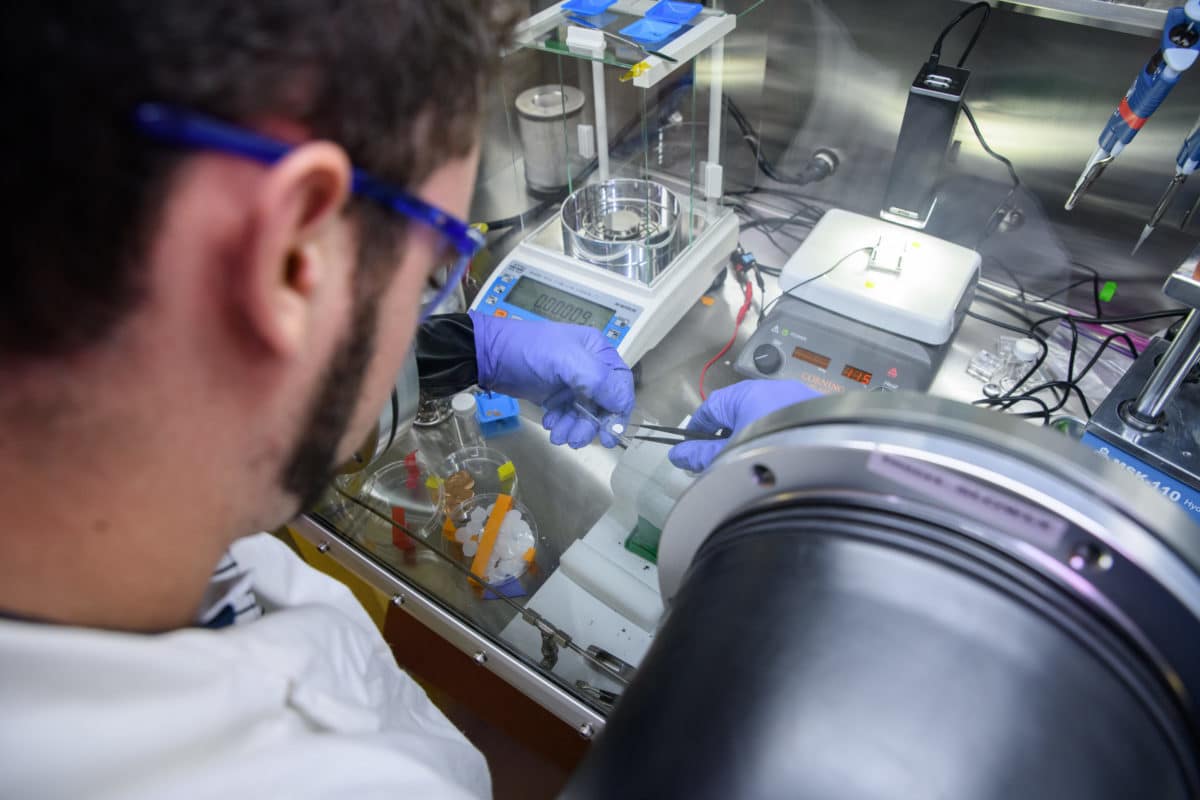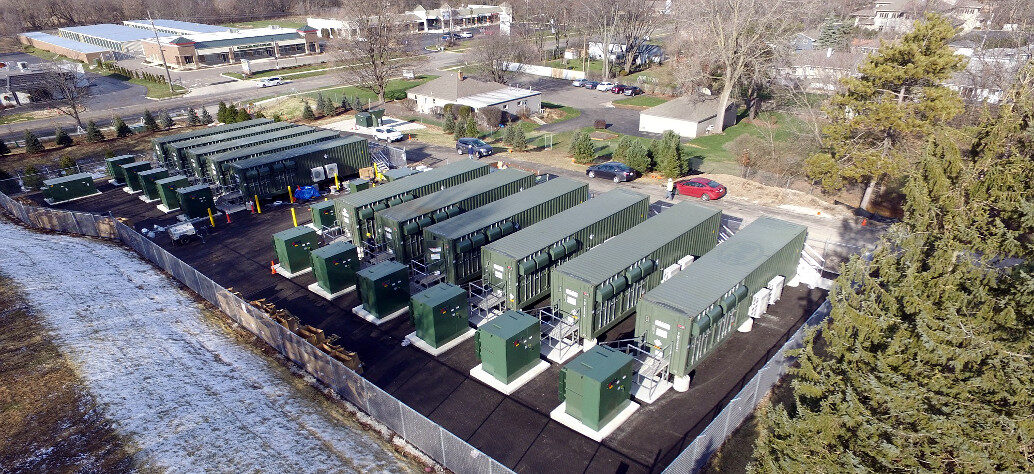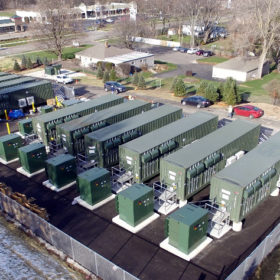The potential for solid state batteries to provide a safer and smaller alternative to today’s lithium-ion technologies is well known and research groups worldwide are working to overcome issues that hold the technology back from commercial adoption.
A discovery made by scientists at the Georgia Institute of Technology could help move such research in the right direction. The team built a solid-state battery with a solid ceramic layer as electrolyte between two layers of lithium. They then used x-ray computed tomography – a technique similar to the CT scans used in medicine – to observe its behavior and degradation during charging and discharging.
“Figuring out how to make these solid pieces fit together and behave well over long periods of time is the challenge,” said Matthew McDowell, assistant professor in the George W. Woodruff School of Mechanical Engineering and the School of Materials Science and Engineering. “We’re working on how to engineer these interfaces between these solid pieces to make them last as long as possible.”
Cracks appeared
The results, published in the paper Visualizing Chemomechanical Degradation of a Solid-State Battery Electrolyte, in the journal ACS Energy Letters, illustrated how cracks began to form in the electrolyte layer over a few days, causing increased resistance to ion flow.
Previously, said McDowell, it was thought chemical reactions at the interface between the lithium metal and electrolyte were the cause of degradation in the battery, rather than cracking in the cells.
“What we learned by doing this imaging is that in this particular material it’s not the chemical reactions themselves that are bad – they don’t affect the performance of the battery,” he added. “What’s bad is that the cell fractures and that destroys the performance of the cell.”
The researchers say their discovery is likely to also apply to alternative solid-state battery chemistries and could help influence further research into the creation of durable concepts for the promising technology.
“In normal lithium-ion batteries the materials we use define how much energy we can store,” McDowell said. “Pure lithium can hold the most but it doesn’t work well with liquid electrolyte. But if you could use solid lithium with a solid electrolyte that would be the holy grail of energy density.”
This content is protected by copyright and may not be reused. If you want to cooperate with us and would like to reuse some of our content, please contact: editors@pv-magazine.com.









As far as elemental electronegativity goes, it is hydrogen and fluoride pair that’s makes the battery cell voltage around twice that of the current lithium ion chemistries. Of the many zeolites used in the oil cracking industry, is there not at least one zeolite that could fill the porous yet sturdy ‘separator’ between elements.